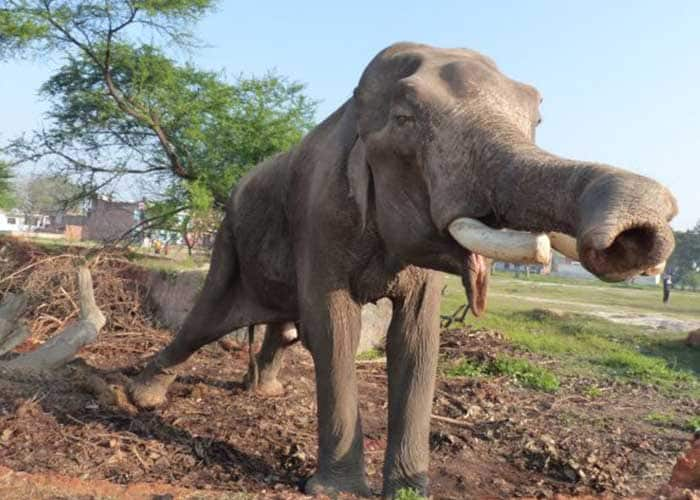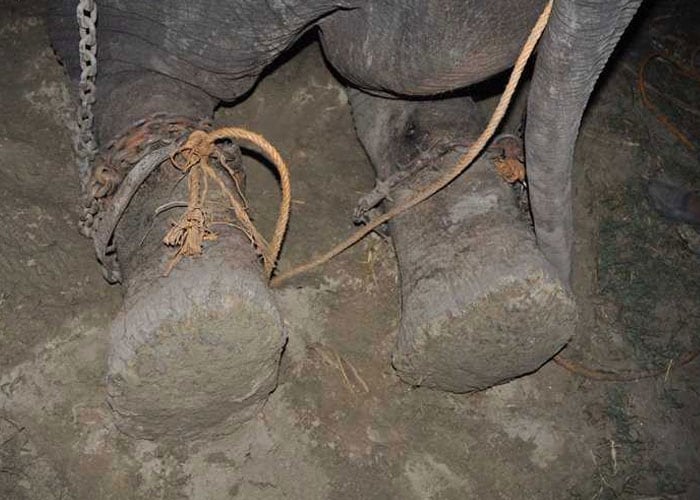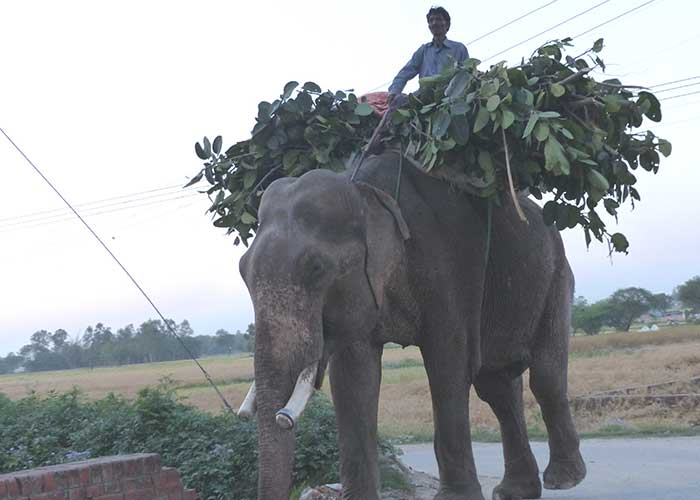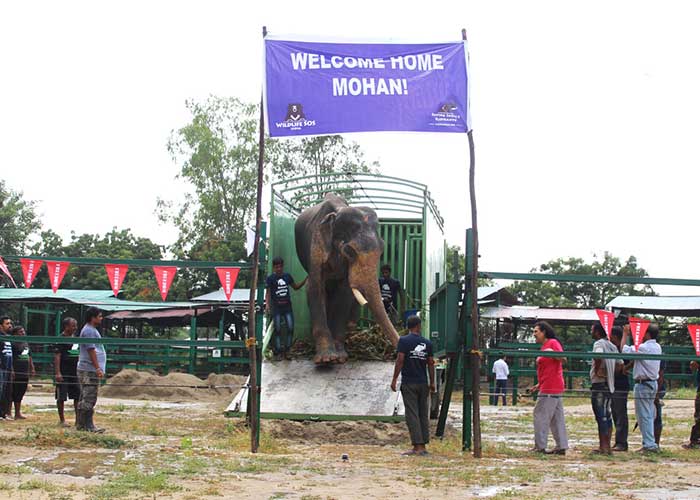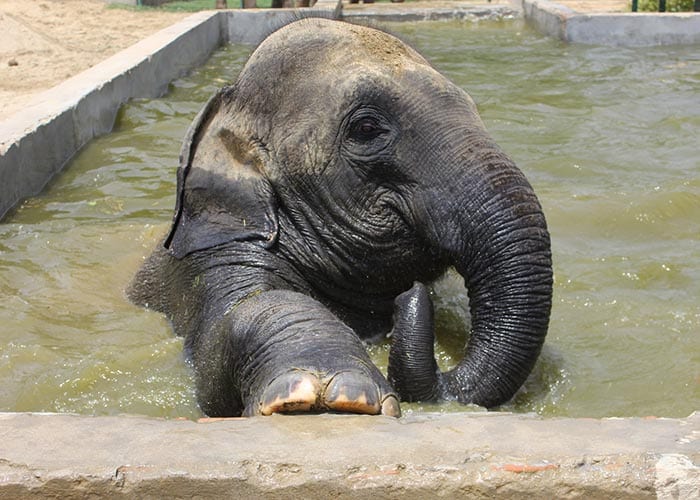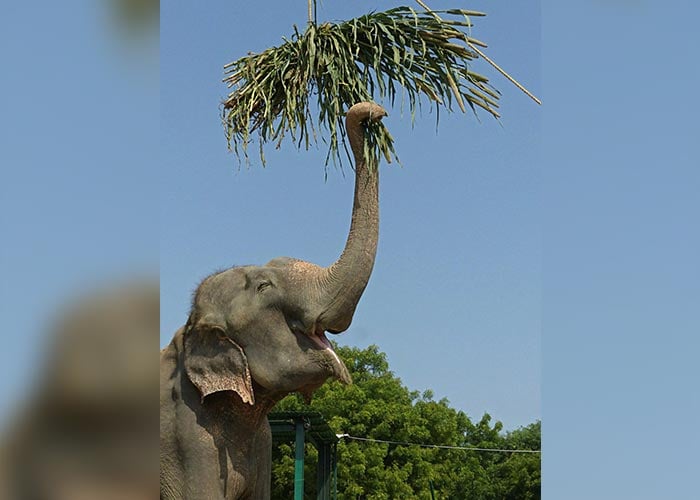Why Elephants Should Be Freed From A Life Of Captivity
In India, there are about 3000 to 3500 captive elephants, which are deprived of their natural environment, often isolated in the alien world of human behaviours and practices. Chained up almost for the entire time of their captivity, these elephants are prone to develop symptoms of trauma and need specific care. Here are a few pictures showcasing the life of captive elephants.
-
In captivity, they are left standing still for long periods of time and it becomes extremely difficult for them to bear their own weight on four feet. Many rescued elephants display infected sores around their feet, where the chains have literally cut into their skin.
Image Courtesy: Wildlife SOS -
Captive elephants are often fed sweets and oily food, which make them obese, resulting in severe health complications, including the infected feet. Notably, many elephants die every year from malnutrition, cruelty, road accidents and diseases. Here seen is one captive elephant fallen due to extreme fatigue.
Image Courtesy: Wildlife SOS -
Being social animals, this isolation is deeply detrimental to elephants' mental well being as they start losing control. This is the reason, incidents of mahouts and people getting killed by elephants are reported frequently.
Image Courtesy: Wildlife SOS Image Courtesy: Wildlife SOS -
Here seen is one of the captive elephants named Mohan being welcomed at the elephant conservation and care centre, which aims to restore not just his physical health but mental well being, while allowing him to live out a life of retirement in surroundings that are as close to the wild as possible.
Image Courtesy: Wildlife SOS -
The elephant conservation and care centres are set on a huge piece of land, incorporates patches of trees like forests, open grasslands and has built in water pools from which the animal can not only drink water but bathe and lie in as well.
Image Courtesy: Wildlife SOS

